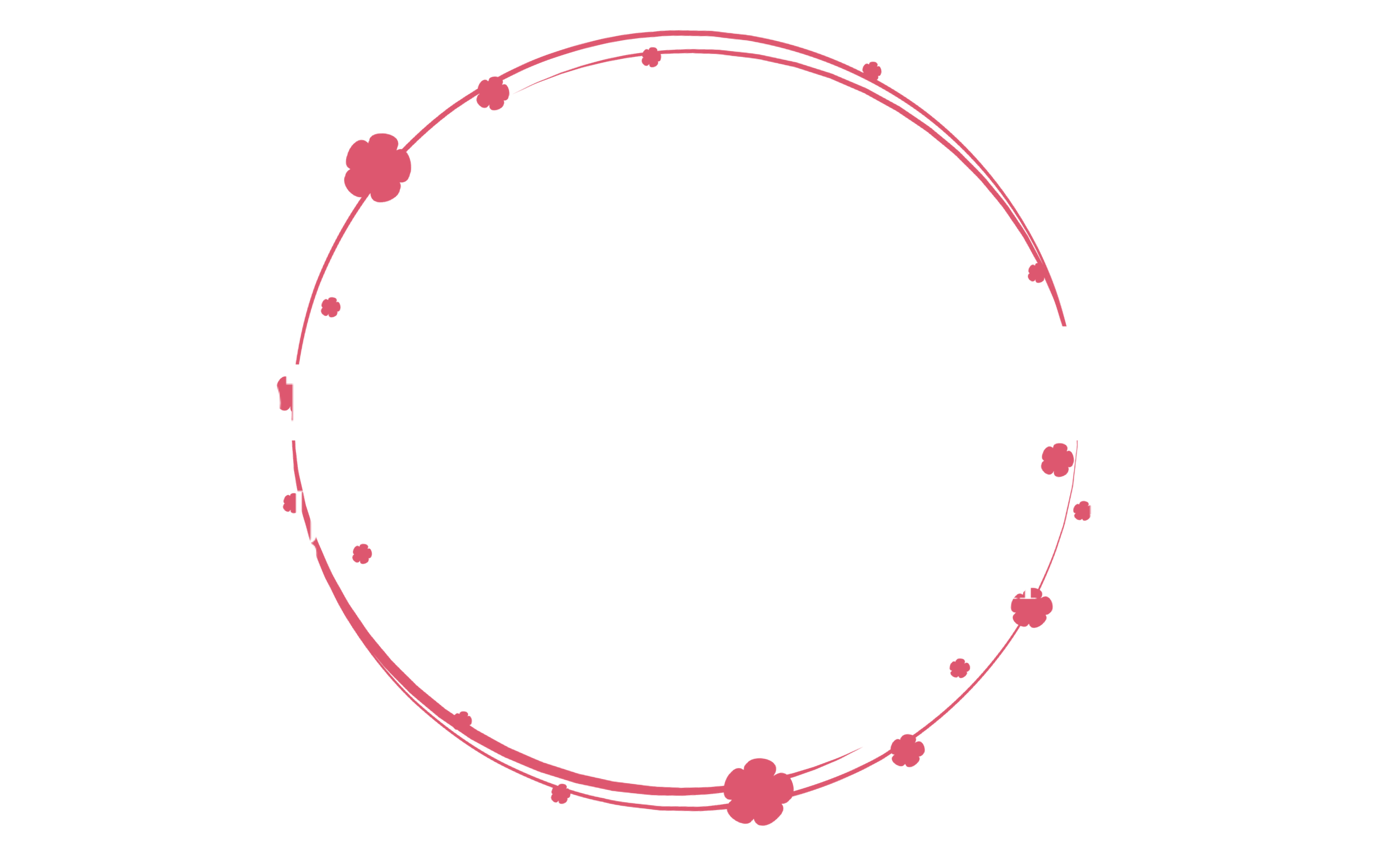Print Servers – Which Print Environment Is Best for Your Company?

In computer networking, there is a print server, also known as a printer server, a kind of server which connects multiple printers to individual clients over a local network. This print server is connected to and receives data from all the computers on the network. In most networks, this print server serves as the central store where all the files related to the printing process are stored. In other networks, it serves as a server only for specific applications and printing functions.
There are several different types of print servers in the market, including the centralized, the portable, the dedicated, and the mixed systems. In the centralized type, there is only one server which is located in one location. On the other hand, the portable type connects the print servers at different sites. The centralized type is more reliable than the portable ones as they can synchronize their documents from one site to another in real time. However, this is also the biggest disadvantage as they are not always close to the user.
The mixed type usually combines the features of both centralized and portable print servers. This kind of print environment consists of servers that allow various devices such as fax machines, copiers, scanners, printers, and computers to connect to the same server and share documents. The advantages of using a mixed print environment include security and scalability for companies who have just a few offices. On the other hand, the drawback is the longer time needed to synchronize documents when printing from multiple devices.
The advantages of the print servers include improved efficiency especially for large businesses that need to send multiple print jobs to their offices. Another advantage is reducing transmission time of each print job. This feature alone can save hundreds to thousands of dollars per year. Although there are disadvantages, such as lower security and reduced scalability for new installations, the advantages far outweigh the disadvantages when measured in terms of overall cost savings and increased productivity.
Portable print servers are designed to be used with mobile printers. These devices can access the server remotely via a Bluetooth or wireless connection and upload documents directly to the print head without using the Internet or local storage devices. With the Mobile Print Server technology, companies no longer need to buy and manage expensive and space-consuming print cabinets. On the other hand, companies that already have an existing desktop environment can easily switch from a desktop environment to a mobile printing environment.
Print Servers allow for the easy synchronization of data and document between electronic and physical devices and departments within a company network. This feature alone can save a company thousands of dollars per year in printing costs. In addition, print servers allow users to adjust the print settings according to their own specific needs. This is important especially when a company has different departments that produce different types of print jobs.






